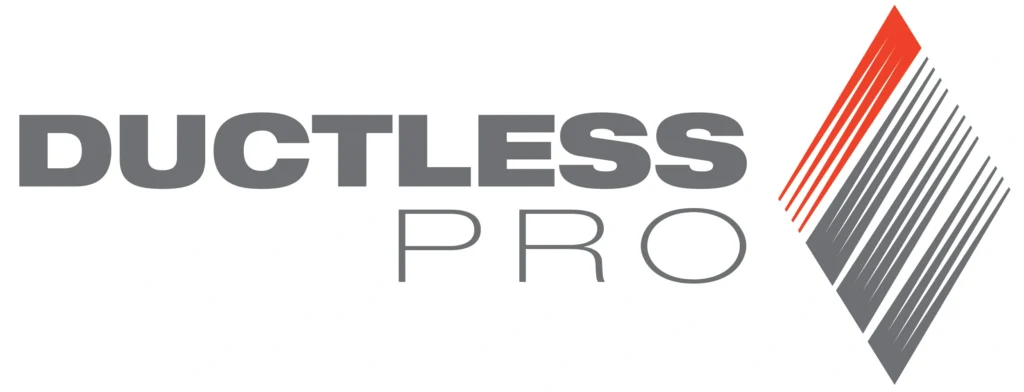Gas is currently the most common heating fuel and most new central-heating systems use gas. How efficiently a furnace converts gas into heating energy is reflected in its annual fuel-utilization-efficiency (AFUE) rating, which is measured as a percentage. The higher the number, the more heat the furnace can produce from each therm of gas.
Furnaces have become more energy-efficient over the years. A gas furnace made in the early 1970’s typically has an AFUE of about 65 percent. The lowest efficiency allowed by law for new gas furnaces is 78 percent, and some new models achieve 97 percent.
The price of a new furnace generally rises in step with its fuel efficiency but you can often recoup that additional cost through lower fuel bills over the life of the furnace. How quickly you recover the investment depends on more than just AFUE. The climate where you live, how well your home is insulated, and your local gas and electricity rates also affect payback times.
A Woods consultant can present several models in a range of efficiencies and help you calculate the annual estimated operating cost of each model you’re considering.





